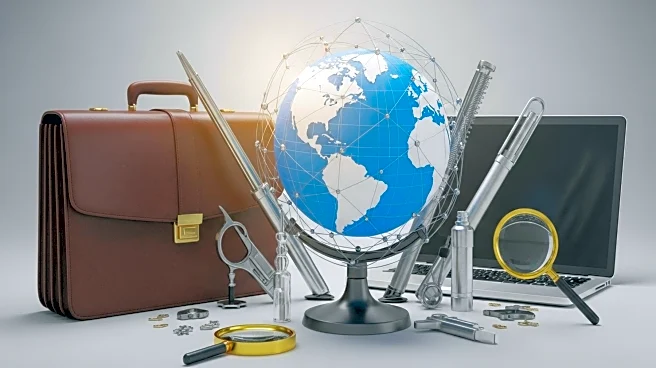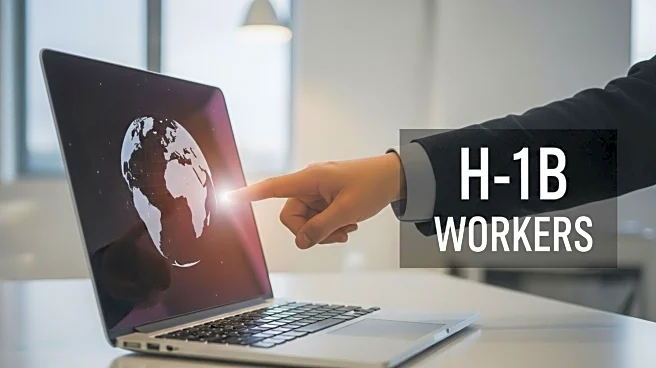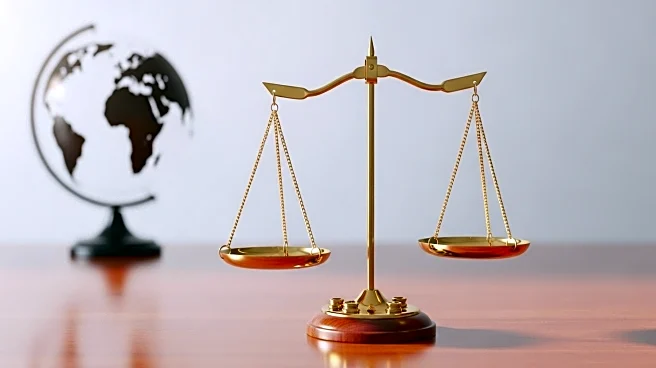What's Happening?
The Trump administration has raised the fee for H-1B visas to $100,000, affecting new applicants and causing concern among companies that hire skilled international workers. The policy, effective September 21, requires companies to pay the fee annually for up to six years for each new visa holder. This decision has led to panic among visa holders and their families, with immigration attorneys advising those outside the U.S. to return immediately to avoid entry denial. The fee increase is expected to face legal scrutiny, as it significantly alters the cost structure for companies relying on foreign talent.
Why It's Important?
The fee hike could dramatically impact the U.S. employment landscape, particularly in industries that depend on international professionals, such as technology and engineering. By increasing the cost of hiring foreign workers, the policy may discourage companies from seeking global talent, potentially affecting innovation and economic growth. The decision could also lead to legal challenges, questioning the administration's authority to impose such fees. Companies may need to adjust their workforce strategies, possibly increasing local hiring or expanding remote work options.
What's Next?
As the policy takes effect, companies are likely to explore alternative solutions to manage the increased costs, such as enhancing local recruitment or shifting operations overseas. Legal challenges to the fee's legality may arise, potentially leading to court cases that could influence its future implementation. The tech industry and other affected sectors may lobby for policy changes or seek exemptions to mitigate the impact. The broader implications for U.S. immigration policy and its effect on international relations remain uncertain.
Beyond the Headlines
The fee increase reflects a broader trend towards protectionism in U.S. immigration policy, prioritizing domestic employment over international collaboration. This shift could have long-term effects on the country's ability to attract top global talent and maintain its competitive edge in technology and innovation. The policy may also influence cultural and economic dynamics by altering the composition of the workforce and the nature of international partnerships.










